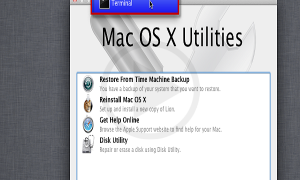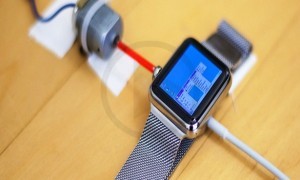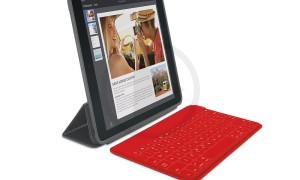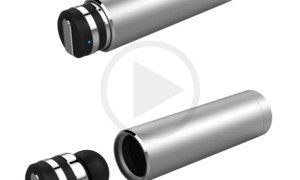Back toward the start of March, Oculus CEO Palmer Luckey put forth disputable expressions about Apple’s equipment, particularly the powerlessness of any Mac in Apple’s whole lineup of PCs to handle the design needs of the up and coming Oculus Rift. At a certain point in time, Oculus had support for OS X in the pipeline; truth be told past Rift dev packs bolstered Macs. As time went on, nonetheless, it was chosen that the Oculus Rift would be Windows‐just, at any rate at first.
It’s with Luckey’s remarks, and the absence of introductory OS X support at the top of the priority list, that is chosen to assemble a Hackintosh machine that meets the base necessities sketched out by Oculus, yet can at present run OS X. In principle, this machine could bolster the Oculus Rift if the fundamental programming was made accessible for OS X. It can run the Rift now in the event that you introduce a Windows parcel on it.
As should be obvious, the equipment that has been chosen beneath meets the necessities laid out above. The main objective was to manufacture a Hackintosh for under $1,000 that met the prerequisites for Oculus. You can don’t hesitate to substitute other equipment into spare cash.
Case in point, in the event that you as of now have a USB 3.0 drive with no less than 8GB of limit, you can utilize that as opposed to acquiring another USB drive. Remember, nonetheless, that a few things on this rundown were particularly chosen since they meet the base prerequisites delineated for the Oculus Rift. At the end of the day, you would prefer not to stray too far, on the grounds that similarity issues can emerge.
Later on, the plan is there to enhance this work with extra RAM, better SSD, and so forth. A quicker design card is also on the plan, likely something from AMD since those cards give recognizable execution increments to applications like Final Cut Pro X.





























